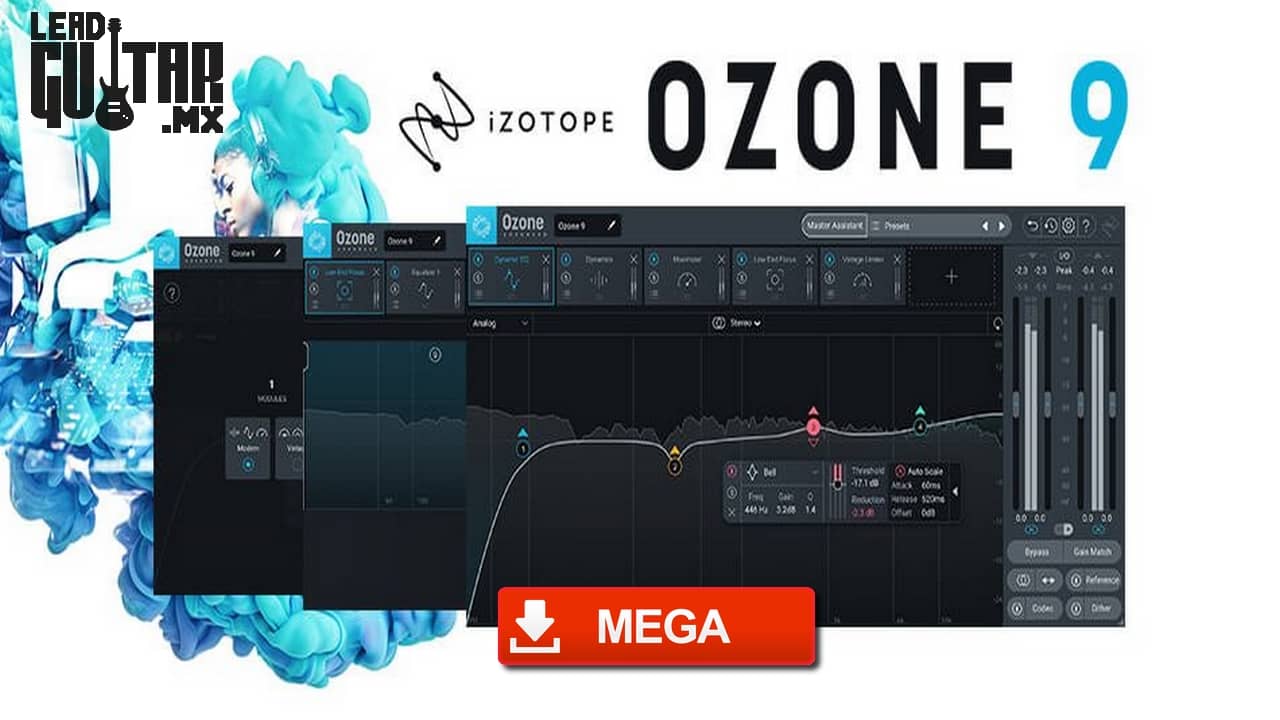
So let’s find out what this new bundle can do! iZotope Ozone 10 in use The Master Assistant view has also been expanded and improved for a better workflow. The Maximizer module has received a new Magnify Soft Clipper setting and the Imager module now offers a new option called Recover Sides. So what’s new? The Ozone Advanced bundle now includes the new Stabilizer (adaptive mastering EQ) and Impact (microdynamic controller) modules. You can of course also save your own settings and channel strips, and categorize them in folders. The many included presets are another great starting point for your master. Needless to say, the assistant requires an input signal for analysis before it can suggest a solution. The button in the top center toggles between this view and the Master Assistant. Like in V9 and earlier versions, you can build your own custom effect chain using the following modules in any order you like: In addition to adding several new devices, iZotope has reworked some of the older ones and added new features. While the overall concept remains the same, lots of things have changed when it comes to the included effect modules. First look – what’s new in iZotope Ozone 10? You can freely scale the GUI vertically and horizontally to make it just the right size for your screen and application. The user interface is similar to the previous versions, but has been optimized in terms of the visibility of the various sections. Perhaps iZotope can remedy this in an update.


That’s something to consider especially if you run a portable setup. It appears that once a module is loaded into the effect chain, its CPU load is reserved as a buffer even when it’s turned off. Unfortunately, deactivating individual modules within the Ozone 10 plug-in doesn’t seem to free up any CPU power. That said, the CPU load increases considerably if you use a full set of modules and high-quality settings. That’s absolutely reasonable if you consider the wide variety of tasks the plug-in processes simultaneously. On my M1 MacBook Pro 13”, I saw CPU loads of 4-5 percent and up, depending on the preset. With a fully loaded mastering channel, the load goes up to about 15-16 percent.


On my Mac Studio, the main plug-in uses upwards of 2 percent CPU in the latest version of Ableton Live 11, depending on which modules and settings are active. Ozone 10 now offers native support for Apple Silicon processors. Installing Ozone 10 on my Mac Studio was a smooth experience without any unpleasant surprises and I was able to choose my preferred plug-in formats during installation.


 0 kommentar(er)
0 kommentar(er)
